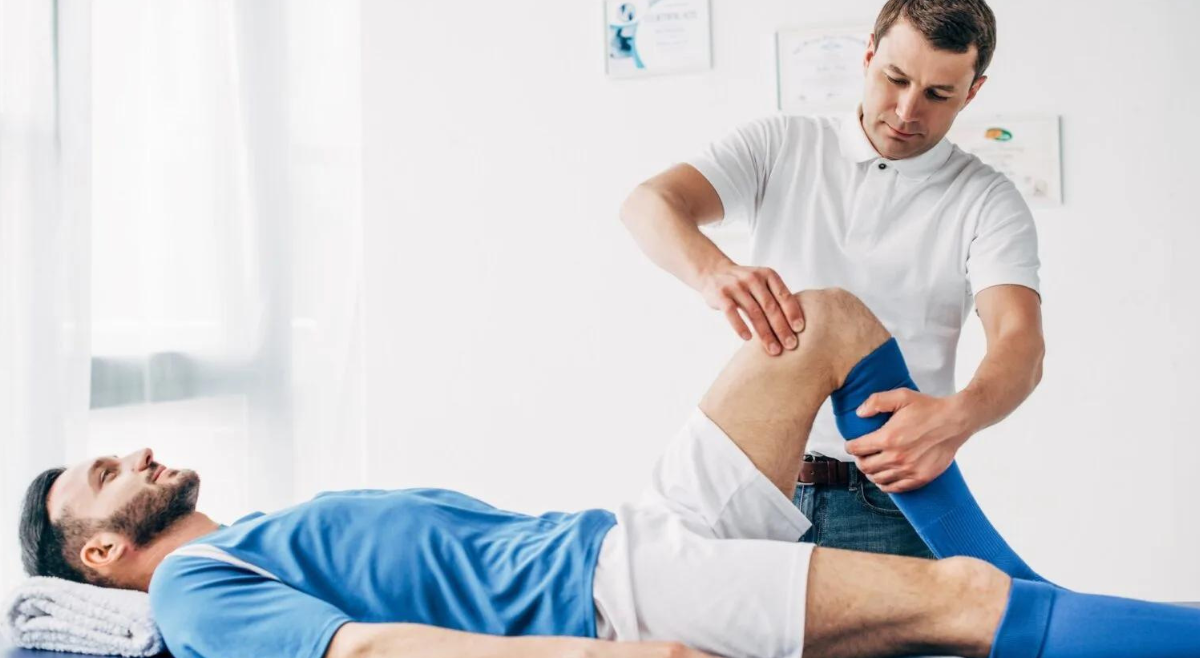Investigating the Effect of Manual Treatment Techniques on Alleviating Muscle and Joint Pain and Improving Patient Outcomes
Investigating the Effect of Manual Treatment Techniques on Alleviating Muscle and Joint Pain and Improving Patient Outcomes
Blog Article
Hands-on therapy techniques are hands-on approaches used by healthcare professionals to address muscle and joint pain. Such techniques include different types of adjustment and mobilization of the body’s muscle tissue and joints. The goal of hands-on therapy is to alleviate discomfort, improve mobility, and enhance overall performance. Many people experience muscle and joint pain due to trauma, suboptimal posture, or disorders like arthritis. By applying manual treatment, practitioners aim to tackle these concerns and help patients recover their quality of living.
One common manual therapy technique is spinal adjustment. This technique involves using precise pressure to the vertebral column to improve positioning and decrease discomfort. Studies has demonstrated that vertebral adjustment can be beneficial in managing lumbar spinal discomfort and cervical discomfort. Another method is gentle connective tissue manipulation, which concentrates on reducing tightness in the muscle tissue and soft structures. This can help reduce rigidity and enhance flexibility, making it easier for patients to move without discomfort. Both techniques can be tailored to meet the individual needs of each patient, ensuring a personalized approach to treatment.
In addition to discomfort relief, manual therapy can enhance patient outcomes in multiple aspects. For example, it can improve circulation, which helps supply nutrients and essential elements to the injured regions of the body. Better blood flow can also encourage healing and reduce inflammation. Furthermore, hands-on treatment can help clients gain enhanced physical consciousness, which is essential for preventing future trauma. By understanding how their bodies function, clients can make better informed choices about their movements and alignment, leading to long-term advantages.
The efficacy of hands-on therapy is often supported by patient responses. Many patients report significant improvements in their discomfort intensity and overall performance after receiving treatment. This positive reaction can lead to greater motivation for patients to participate in rehabilitative go to this website exercise and rehabilitation programs. When patients feel better, they are more likely to engage in their rehabilitation process, which can further improve their results. This cooperative method between the provider and the patient is crucial for attaining enduring outcomes.
In conclusion, manual therapy methods play a critical role in alleviating musculoskeletal discomfort and enhancing patient outcomes. By using methods such as vertebral adjustment and gentle connective tissue manipulation, healthcare professionals can help patients regain movement and reduce discomfort. The advantages of hands-on treatment go beyond immediate pain alleviation, as it also encourages healing and encourages patients to take an active role in their recovery. As an increasing number of individuals look for efficient therapies for muscle and joint concerns, manual therapy continues to be an important choice in the realm of healthcare.